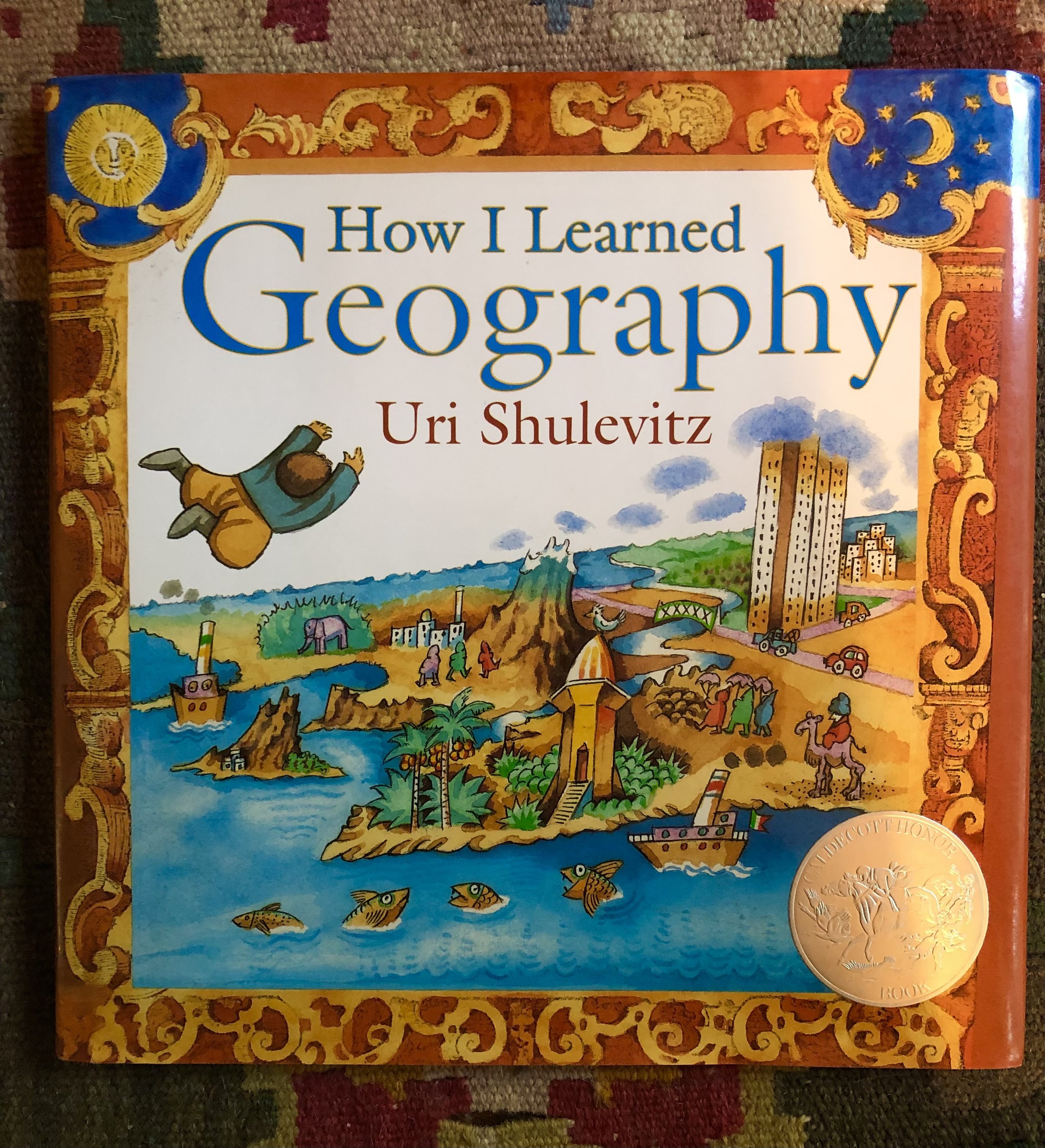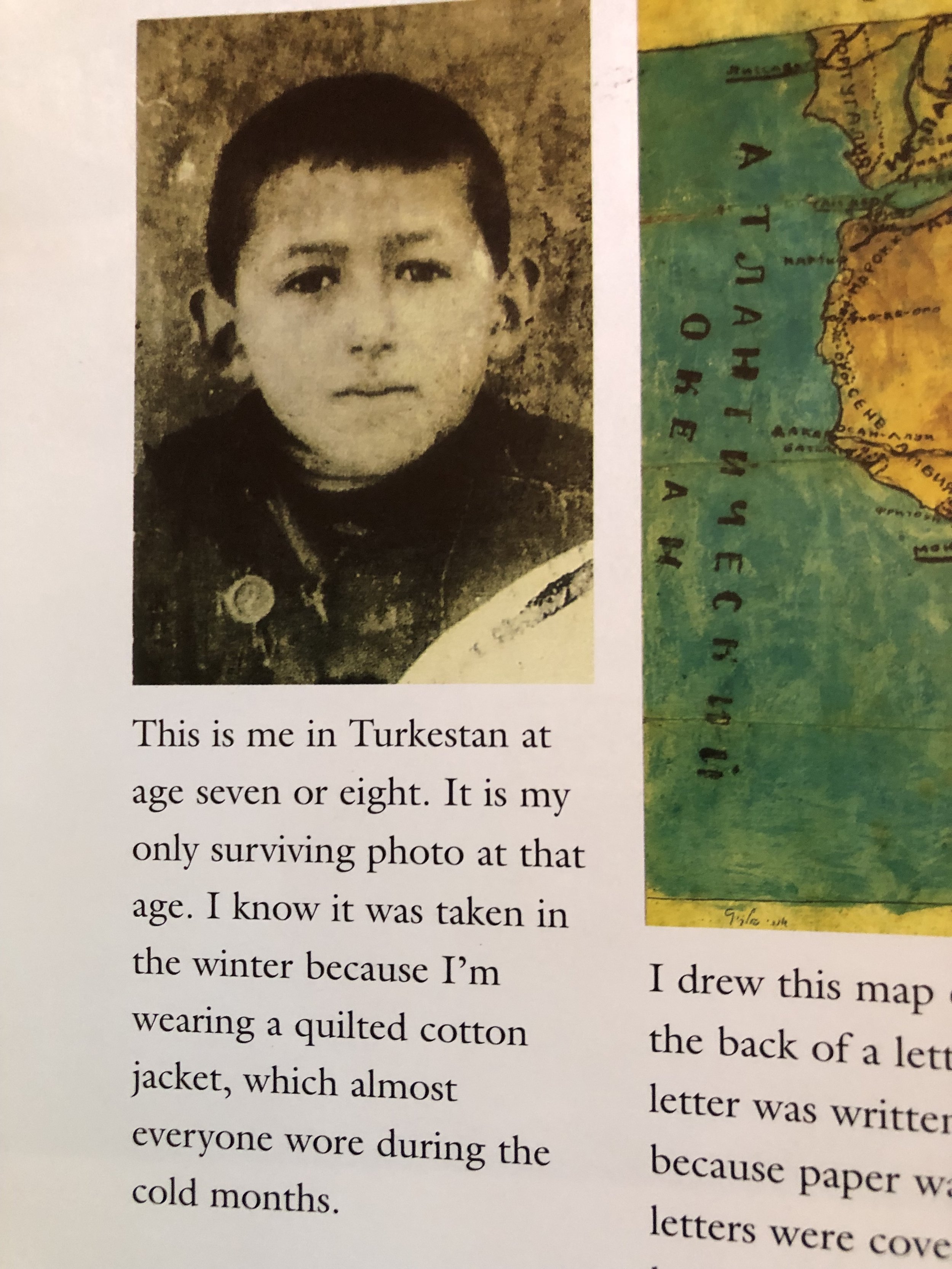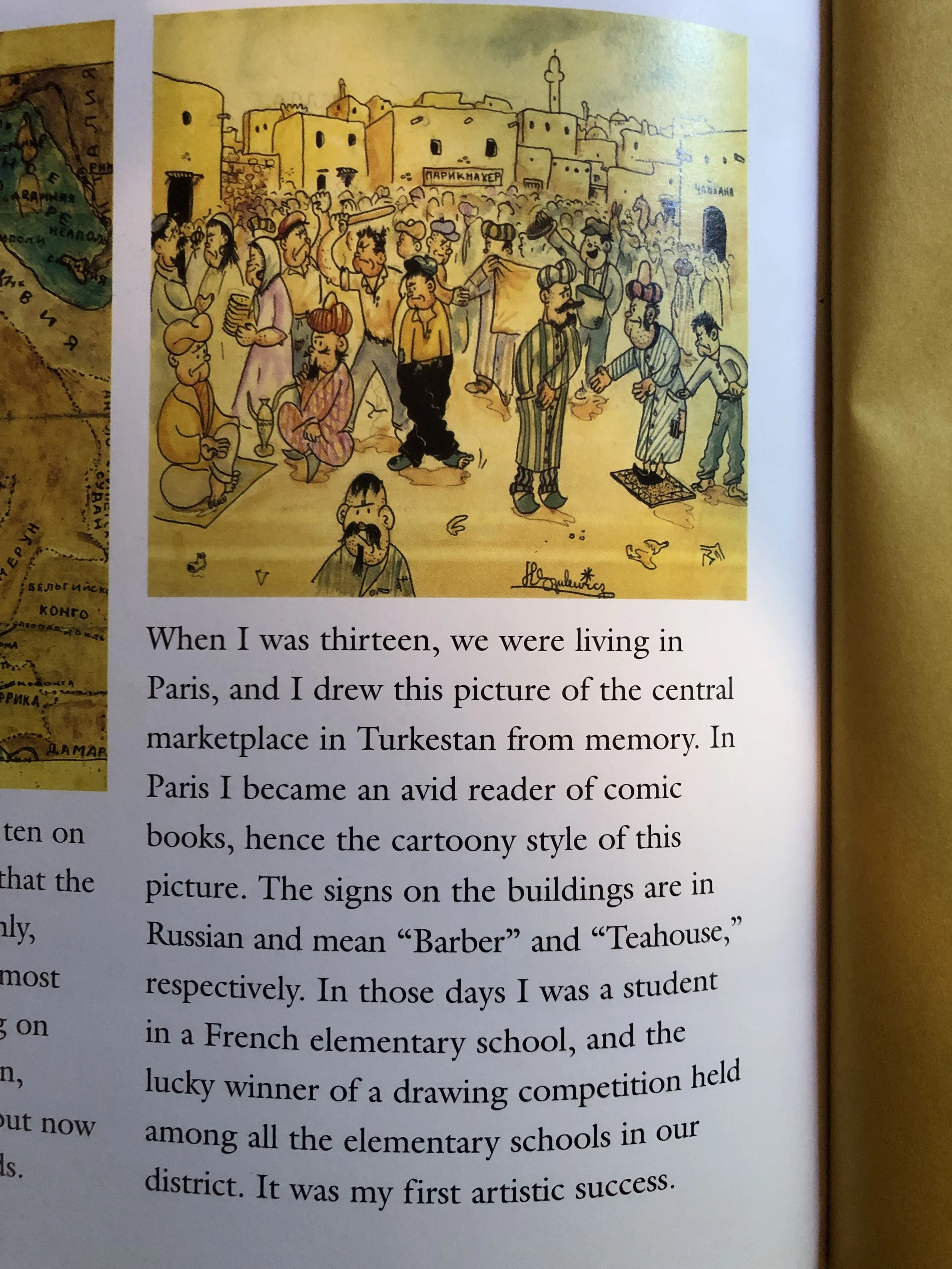Flights of Imagination
As the daughter of a career Air Force officer and pilot, I grew up around planes but never learned to fly. What I loved was maps. From early on, I was a navigator at heart. Each time my father was transferred from one assignment to another, my parents loaded our household belongings into an Atlas van and packed my sisters and me into the family’s black and white Chevy station wagon. Before I understood what road maps were for or how to read one, I believed my parents knew every road and highway by heart and never once worried that they might get lost. They were simply the smartest two travelers on the planet.
Early on, family trips filled in the spaces that were to become my childhood map. When I was old enough to read a map, I couldn’t wait for the next road trip to see how towns and landscapes noted on a printed map looked through my window on the world out the backseat of the family car. At school, maps were worlds I had yet to explore, waiting for me to grow up. Africa hung down the length of a classroom wall but as if by magic, the Nile River ran northward from the continent’s heart up to Egypt where it emptied into the Mediterranean instead of onto the classroom floor.
When I was a child, maps were alive with pink and green and yellow shapes labeled with exotic country names. As I grew older, maps grew more detailed, adding lines representing rivers and relief, and dots of varying sizes representing cities and historic sites. History books were filled with detailed maps and fascinating stories layered across time and vast expanses of the world’s continents. Without maps, history’s stories were incomplete. With maps, I could navigate my way back through time. That is how I learned geography.
A few years ago, Kit and I were in Chicago when the Art Institute of Chicago exhibited original artwork from 2006 to 2009 Caldecott Award books. My friend, Uri Shulevitz who has been writing and illustrating children’s books since 1963, was among the artists.
I first met Uri in July 1976 two years after he published his book, “Dawn.” My longtime friend Pat Fennell and I signed up for a five-day workshop we’d read about that Uri was giving on his artwork in “Dawn.” Ironically, it was a map that guided us to Imagination Mountain in Malibu where the workshop took place and our friendship began.
Our lives eventually went different paths, until Uri’s 2008 Caldecott Honor Book, “How I Learned Geography,” reconnected us twenty years later. It is a beautifully illustrated and poignant story of Uri’s childhood memories of World War II. Uri was born February 27, 1935, in Warsaw Poland. In 1939 at the age of four, he fled with his parents from Warsaw and spent the next six years living in the Soviet Union, most of that time in Central Asia, in the city of Turkestan in what is now Kazakhstan.
“Fleeing with nothing,” he writes, “we traveled far, far east to another country, where summers were hot and winters were cold, to a city of houses made of clay, straw, and camel dung, surrounded by dusty steppes, burned by the sun.”
Food was scarce. Uri had no books or toys. One night, his father returned from the bazaar carrying a rolled-up map instead of supper. Uri went to bed hungry and angry with his father. The following day, a colorful world map filled an entire wall of their small dirt-floored room. “I spent long hours looking at it,” Uri recounts, “studying its every detail and many days drawing it on any scrap of paper that chanced my way.”
He made rhymes out of strange-sounding names on the map, repeating them “like a magic incantation,” and was transported far away without ever leaving the room.
“Okazaki Miyazaki Pinsk,
Pennsylvania Transylvania Minsk!”
“And so,” Uri writes, “I spent enchanted hours far from our hunger and misery.”
By 1947 the family had settled in Paris, and then moved to Israel in 1949. Uri has lived in Manhattan since immigrating to the United States in 1959. Over the years, we exchanged letters and once met again at a small restaurant near his Manhattan apartment/studio that he shared with a cat. I am now almost 79 and he is approaching 90.
I have all of Uri’s letters and signed copies of his children’s books in my library in the Sierra Foothills above Nevada City. I gave away or donated most of my library before leaving Missouri in 2021, but could not part with a single one of Uri’s books. Knowing how much Uri has meant to me over the years, Pat sent her autographed collection of Uri’s books when she recently downsizing her own library.
“How I Learned Geography” is dedicated to the memory of Uri’s father. It is a magical journey of the imagination and spirit. Whether you are four or approaching 90, it will touch your heart and give you hope. If you read this, Uri, know that I have a cat named Peekay now. I know you would love him as much as I do.






